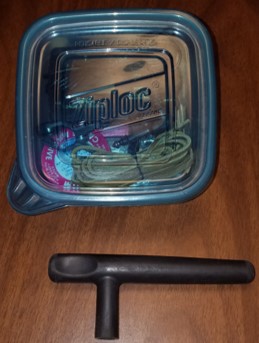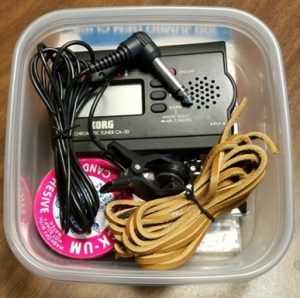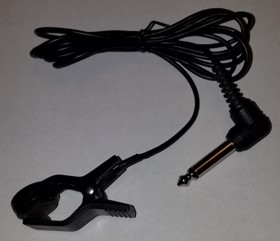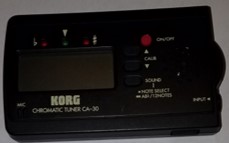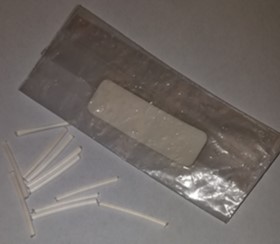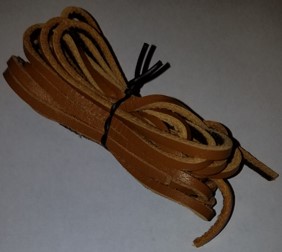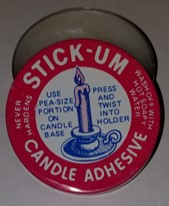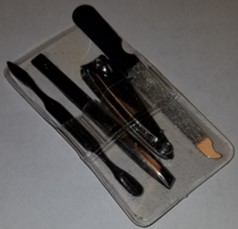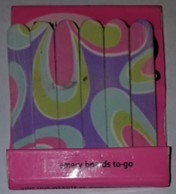– thus spoke my fortune cookie
It is the end of August, that magical time of year…when it has been so hot that it is nearly impossible to believe the winter will ever come. When the holidays feel so far away that you can’t even think about them (even though Halloween candy has been on shelves since the afternoon of July 4th). And this year, any planning will be done while wearing a mask, contemplating how to have your usual holiday celebration while everyone is inside small boxes on your phone screen.
So, it is exceedingly difficult to get motivated to begin to practice holiday music!
But really, it’s already September, and with accelerated schedules, some might normally be expecting to play Christmas music by early November. Of course, this year, everything is off. But even that isn’t much comfort – because people are trying desperately to be out and about and back to normal and we don’t know when what we have always considered to be normal will return. Which means that just when you’re sure you’ll have nowhere to play, someone will contact you begging you for help!
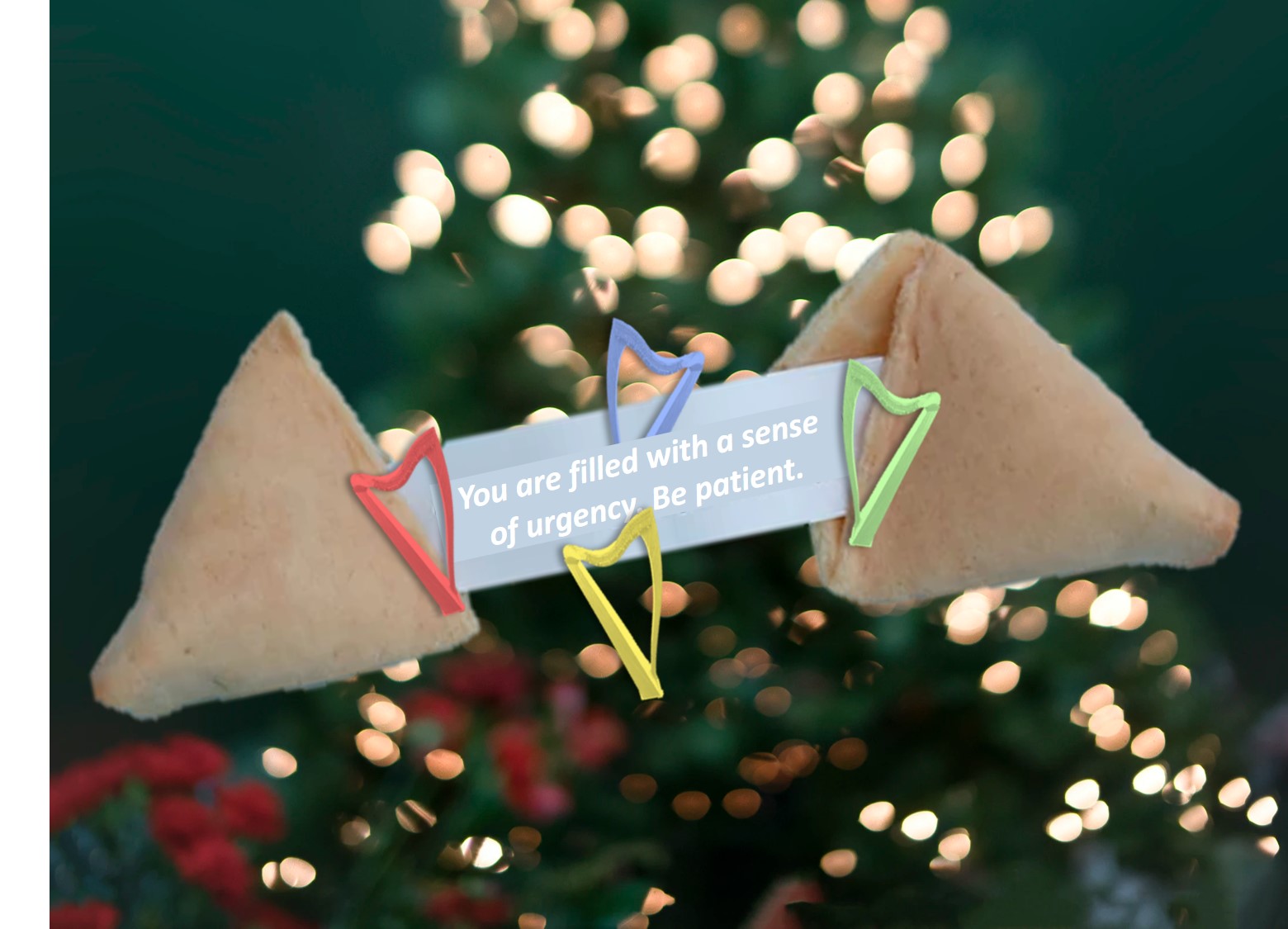 Any of these can really tarnish your willingness to bring your holiday repertoire up to snuff while simultaneously possibly putting you in the situation of not being ready when the call comes.
Any of these can really tarnish your willingness to bring your holiday repertoire up to snuff while simultaneously possibly putting you in the situation of not being ready when the call comes.
And no matter what angst others have expressed, I’ve also heard a lot of people saying some variation of, “I’ve had all this time, I should have already mastered an entire new repertoire, but I haven’t even warmed up!” And that’s about when the Fortune Cookie seems to be prescient!
It’s entirely possible that you will have absolutely nowhere to play holiday music in 2020! It’s also possible that – even if you only play for the cat and the curtains – they won’t be really up for holiday music this year. And although I don’t have many, I am already booking for holiday events, so –
2020 is definitely going to be a test of your internal motivation! Here are a few reasons that I’d like to encourage you to start working on holiday music now:
- You already have most of it! One of the best things about holiday music is that, after the first few holidays, you pretty much have the repertoire licked. That isn’t to say that you don’t need to take it out and dust it off and give it a good polish. But you really don’t have to start from scratch – score!
- Since you’re only having to polish and shine, you really can use this part of your repertoire to both evaluate your growth in the previous year AND to work on expanding what you already know. If you’re not struggling to remember the melody and the chord progression, you can work on new bits of arrangements, adding introductions and codas, making holiday mashups, etc. And with most of the tunes already in your memory, you can select a few to add for this year.
- Think of it as an easy exam! This is rep you play every year! You can use it as an opportunity to see how you’ve grown over the year. (If it helps, pinch your own cheek while saying “My, how you’ve grown” in a sing-song-y voice).
- Fake it ‘til you make it. I don’t usually run into the holiday season squealing with glee…if I could drag my feet any more on it, I totally would. But the reality is that the tunes are friendly and that can be uplifting. And while playing holiday tunes doesn’t make me giddy with excitement, they do help propel me out of the darkness of the expanding night. So, practice the rep, paste a smile on your face, and I’d be surprised if you didn’t start to get the holiday spirit (no matter how hard you try to avoid it).
- You really may have no where to play this year – but that’s ok. Having a package of holiday tunes will give you the opportunity to play for yourself. I don’t know about you but, especially in the busy holiday season, it can be really nice to reconnect with your instrument…and remember why you fell in love in the first place…and easy, well-learned tunes can help with that.
- And, if you are socially distant from everyone you love, like, or tolerate – you can have a ready-made gift from the heart! Even I have managed to make a ton of videos – mostly for students, but some for other things. If I can do it, you can do it. Prop your phone up on your music stand, turn on a lamp, and make a video to share. It’s easy to share with those you love/like/tolerate – and it makes a lovely holiday gift at a very reasonable price!
So, throw off the ennui, plaster a smile on your face, dig out your holiday standards, and blow off the dust. Be patient as you work through the doldrums of the time and allow yourself to have enough time to do the work. What are your favorite holiday tunes? Do you feel like you comfortably know how to make a video and share it? Am I fishing for ideas for upcoming blog posts? Let me know in the comments!


